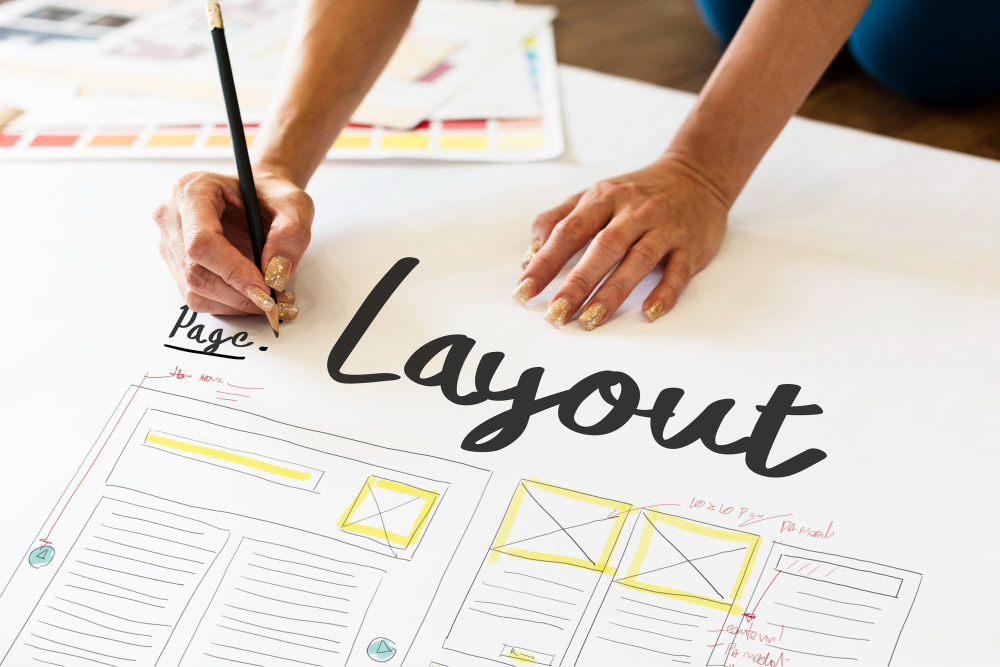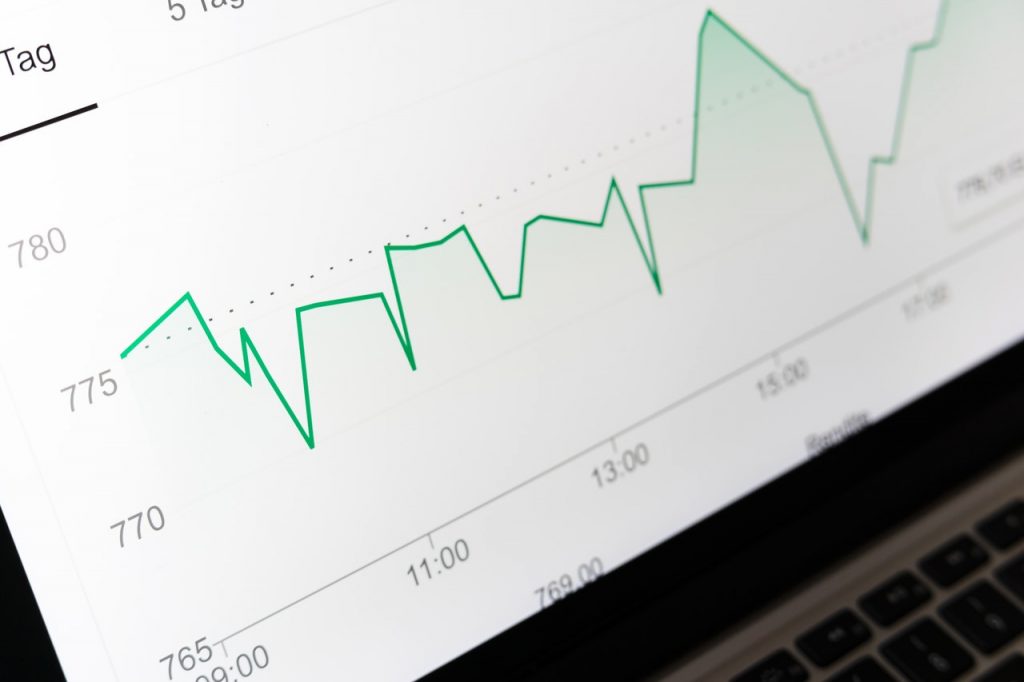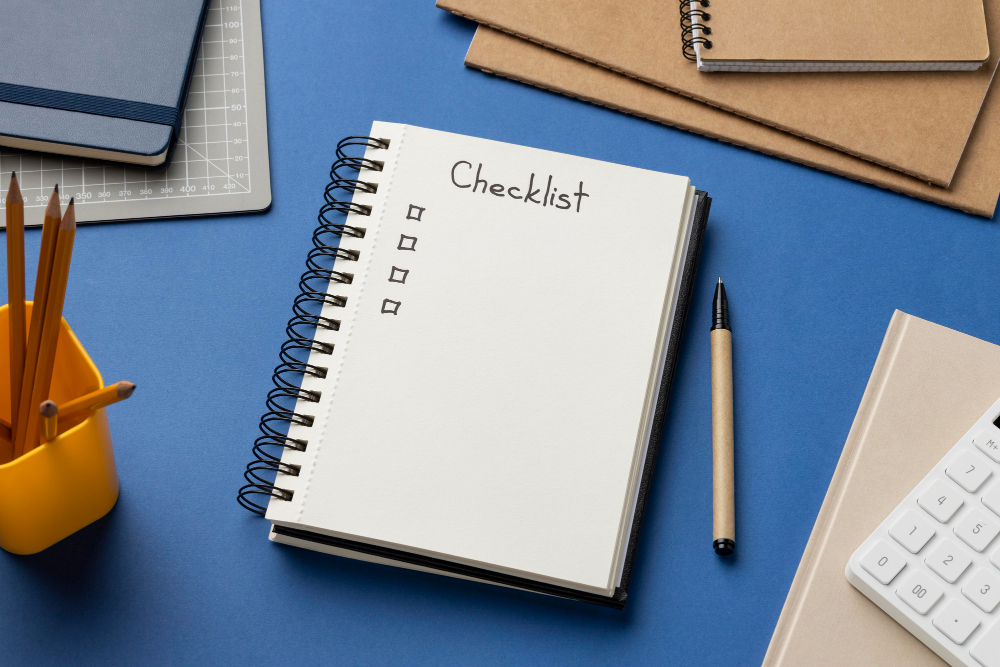Aesthetics are important for businesses. If customers and visitors find your website appealing, they’re more likely to stick around longer and do business with you. Besides just long-term cooperation, an appealing website design ensures a good first impression. And a poor first impression is something you can never revert unless you have a time machine, that is.

While many think that having a “good enough” site is everything they need, the truth is modern internet users care about the petty little details of web design. The smallest of mistakes could deter them from taking any further action.
With this in mind, it’s reasonable to deduce that poor or ineffective design might negatively impact conversions and revenue. An unattractive or semi-functional site is long overdue for a redesign. No matter the industry you’re in, it’s important you take this seriously and take the rational approach of setting goals and developing a strategy. Find out what isn’t working and fix it. Don’t just go into it blindly. That method never bore any fruit.
Considering a website redesign is essential when your current website design no longer aligns with your branding, user expectations, or business goals. A well-executed website design update can improve user experience, boost engagement, and drive better results in terms of traffic and conversions.
If you don’t take action and merely watch your website dwindle for months on end by the time you make the final decisions, it might be too late to salvage everything and bring it to its former glory. People will simply ignore your site, making it much more difficult to turn things around than you anticipated.
How to Know That You Need a Redesign?
To give the correct answers, you must first ask the right questions, and when it comes to websites, there are four areas you have to cover.
Does the Design Look Outdated?
If you peruse other websites, and they’re miles ahead of your own, it might be time to consider an online facelift. Check out the current design trends, see if your site matches at least a decent number of them, and go from there.
Are Your Sales Decreasing?

Decreasing sales can indicate poor aesthetics and bugs that come up over time. Customers don’t trust sites that look outdated and probably won’t purchase from you if this is the case. Another issue that could arise is if your site hasn’t been updated in a long time and problems have developed. Make sure to test everything in detail to ensure there are no technical hiccups.
Any Complaints About the User Experience?
User experience encompasses virtually every aspect of the site. If only one thing is out of whack, it could potentially disrupt the entire process, and users will be quick to abandon such sites.
Now that we’ve asked the right questions, it’s time to face the answer. If your answer was yes to any of these questions, then you might want to freshen up your site. This must be done methodically and with a plan, so here’s what you have to do.
Tips for a Successful Website Redesign
Analyze the Website
Again with the questions. For the redesign to be a success, you need to know where the current website is failing. Is it purely the aesthetics, is the site difficult to navigate? Without knowing what’s wrong, you can’t fix it. And the chances of targeting the real problem by accident are astronomically small.
Once a full-scale analysis has been completed, you’ll be able to set realistic goals and target the problem areas. That will allow you to make decisions based on data, and with the element of guesswork wholly removed from the equation, the chances of success become much higher.
Create a Strategy

Before starting the project, it’s essential to have your facts straight. You’ll need to come up with a list of tangible goals that’ll guide you and indicate exactly what it is you intend to fix. Depending on the industry and the type of site you’re running, these goals can range anywhere from boosting conversion by 20%, bettering SEO, or upping your monthly sales by 7%. Consult with a professional to see what’s actually doable within your budget and set realistic goals.
The Target Audience Is the Key

An important thing to remember when designing a site for your business is that it’s not for you. It’s for your audience, and if they don’t like it, you get nothing in return. Customer insight is the key to success. You could have the best UI and every website functionality known to man, but if your target audience doesn’t find the site appealing – tough luck.
For example, if you run a crypto business but don’t even have a highlighted crypto tracker, will your users be satisfied? Probably not. Remember that what you’re putting out there is for others to consume, and make decisions based on data and statics.
Spy on the Competition
Have you ever noticed that the most popular sites in your niche are at least somewhat similar? This might seem slightly dogy if you’re new to the game or just a bit out of touch, but everyone is doing it. After all, the industry and end goal are the same, and so is the target audience, so of course, there are glaringly apparent similarities in the top-performing sites.
Check out what the competition has to offer, and take inspiration from those that are doing well. That is a great strategy anyone can use to see how their site differs from the most popular ones and get new ideas for improving their own.
List All of the Must-Haves

Once all of the other steps are complete, create a list of “great site essentials.” It will serve as your basic framework and lead you moving forward. If your budget allows, feel free to spice it up with some fresh ideas, but if not, stick to the must-haves, and the outcome should be great nonetheless.
Ready for Success
If your website needs to be redesigned, use our advice and the information you’ve gathered to make it better for your visitors. Map out the entire journey carefully, and you shouldn’t run into too many problems. After all, that is what the website is for.


